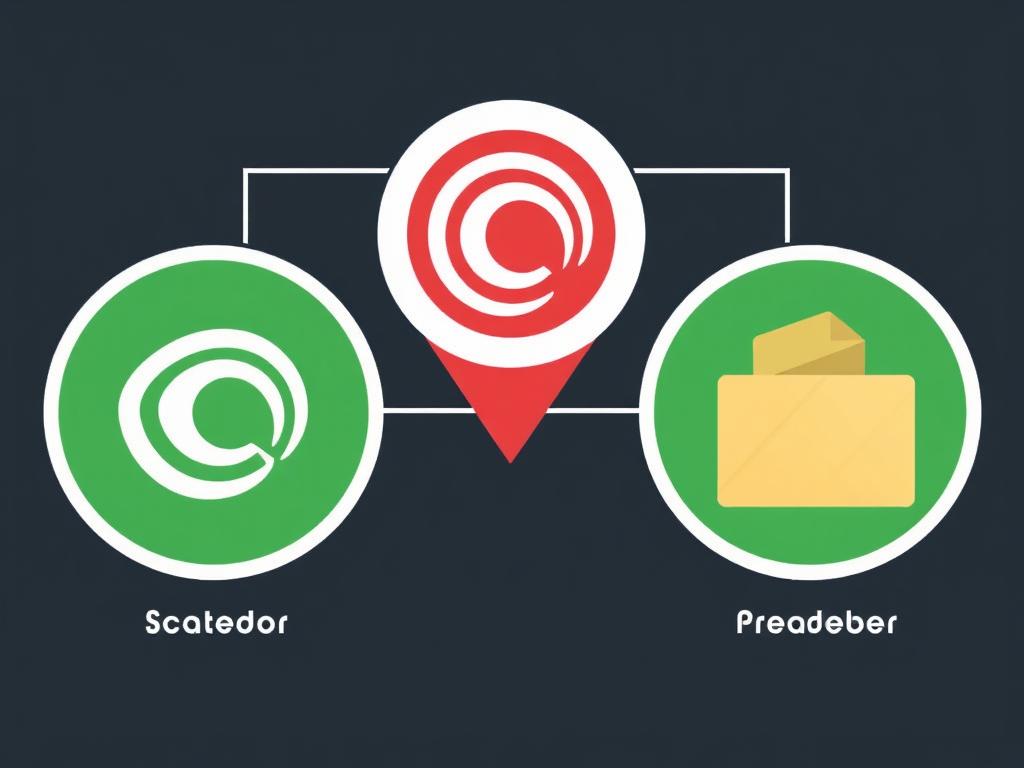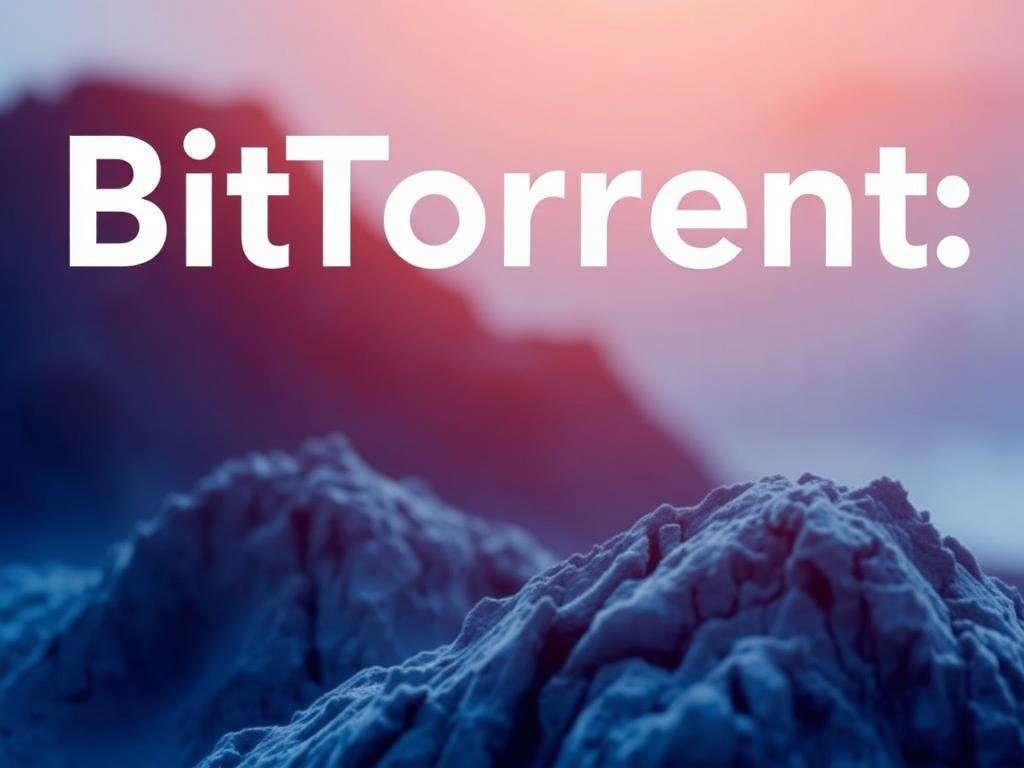BitTorrent: How It Works and Why It’s Popular
If you’ve ever downloaded a large file from the internet, chances are good that BitTorrent played a role in getting it to your device. BitTorrent is a peer-to-peer (P2P) file-sharing protocol that revolutionized the way we share data online. Unlike traditional downloading methods that rely on a single server, BitTorrent distributes files across many users, making the process faster, more reliable, and often more efficient. But how exactly does BitTorrent work, and what makes it so popular even after all these years?
Understanding the BitTorrent Protocol
At its core, BitTorrent is a decentralized system designed to distribute large amounts of data without the need for a central server. This peer-to-peer technology breaks down files into small pieces, allowing users to download and upload these pieces concurrently. The magic of BitTorrent lies in how it manages this simultaneous sharing, which reduces bottlenecks and improves download speeds.
When you want to download a file via BitTorrent, you first obtain a small “torrent” file or a magnet link that contains metadata about the file you want. This metadata includes information such as file size, folder structure, and the addresses of “trackers” that coordinate the sharing process. Once your BitTorrent client reads this information, it can connect to various peers who already have parts or all of the file.
The Role of Seeders and Leechers

In the BitTorrent ecosystem, two main types of participants exist: seeders and leechers. Seeders are users who have the complete file and offer it to others, while leechers are those still downloading parts of the file. However, leechers don’t just passively download — they upload already downloaded pieces to other users, creating a dynamic, self-regulating network where everyone shares the load.
The system encourages fairness by prioritizing uploading peers that contribute the most, ensuring that those who share frequently get faster download speeds. This seeding and leeching process makes BitTorrent incredibly scalable and efficient, especially for large files like movies, games, and software distributions.
Why BitTorrent Is So Popular
BitTorrent’s popularity comes from several factors that distinguish it from traditional download methods:
- Speed: By downloading pieces of a file from multiple peers simultaneously, BitTorrent can achieve faster download speeds than a single server would allow.
- Reliability: Since the file pieces come from multiple sources, the risk of downloading corrupted files or failed downloads due to server issues is lower.
- Reduced Server Load: Content providers save bandwidth because data is distributed across many users, making it cheaper and easier to share large files.
- Scalability: The protocol works better as more people participate, making it ideal for popular or large content.
- Access to Large Files: Many software projects and media companies use BitTorrent to distribute large files without burdening their infrastructure.
Common Uses of BitTorrent
While BitTorrent has been controversial due to its misuse for sharing copyrighted content, there are many legitimate and legal uses for this technology. Some prominent examples include:
| Use Case | Description | Examples |
|---|---|---|
| Open Source Software Distribution | Developers use BitTorrent to share large installation files efficiently. | Linux ISO files, Ubuntu, Fedora |
| Large Dataset Sharing | Researchers and organizations distribute extensive datasets without overwhelming servers. | Scientific data, government archives |
| Media and Entertainment | Some artists and studios distribute movies, music, and games legally via BitTorrent to reach a wider audience. | BitTorrent Now, Radiohead’s “In Rainbows” |
| Content Backup and Archive | Communities use BitTorrent to create backups of web content or digital archives. | Internet Archive collections |
How To Get Started With BitTorrent

If you’re intrigued by BitTorrent and want to give it a try, getting started is simple. First, you’ll need a BitTorrent client — software that manages downloading and uploading files using the BitTorrent protocol. Popular clients include qBittorrent, Transmission, and uTorrent. These programs are free, easy to use, and available for multiple operating systems.
Once installed, you can find torrent files or magnet links from trusted sources or official websites. It’s essential always to ensure the files you download are legal to avoid any copyright issues. After opening the torrent file in your client, the software will take care of finding peers, downloading pieces, and assembling the full file. Monitor your progress and contribute by leaving your client open for seeding.
Tips for a Better BitTorrent Experience
- Use a VPN to protect your privacy, especially if downloading content from less regulated sources.
- Choose torrents with a high number of seeders for faster downloads.
- Keep your BitTorrent client updated to benefit from security patches and new features.
- Limit your upload and download speeds if you notice your network slowing down.
Legal Considerations Surrounding BitTorrent
While BitTorrent technology itself is perfectly legal, how it’s used matters significantly. Many people associate it with piracy because it enables file sharing, but BitTorrent doesn’t discriminate between copyrighted or public domain content. Downloading or sharing copyrighted content without permission violates laws in many countries.
Content creators and companies often monitor torrent networks for unauthorized sharing of their works and may issue takedown notices or pursue legal action. To stay on the right side of the law, always verify the legality of the files you download or share, and consider using BitTorrent for open-source or public domain content.
The Future of BitTorrent

Despite newer technologies and streaming services, BitTorrent remains relevant. Its decentralized nature aligns well with the growing interest in distributed computing and blockchain-based platforms. Some modern apps use BitTorrent technology to improve video streaming quality or to enable offline content sharing among communities.
Moreover, developers continue improving the protocol to enhance security, reduce bandwidth usage, and support new file-sharing innovations. As the internet keeps evolving, BitTorrent’s unique approach to decentralized file sharing means it is likely here to stay.
Conclusion
BitTorrent is more than just a tool for sharing files—it’s a pioneering technology that has reshaped how we think about data distribution. By allowing users to share pieces of files with each other, BitTorrent creates a fast, reliable, and scalable network that benefits millions worldwide. While often associated with piracy, its uses extend far beyond, powering important services like open-source software distributions and large-scale data sharing. Understanding how BitTorrent works not only helps you use the technology effectively but also appreciate the ingenuity behind peer-to-peer networks that continue to influence how content travels across the internet today.






